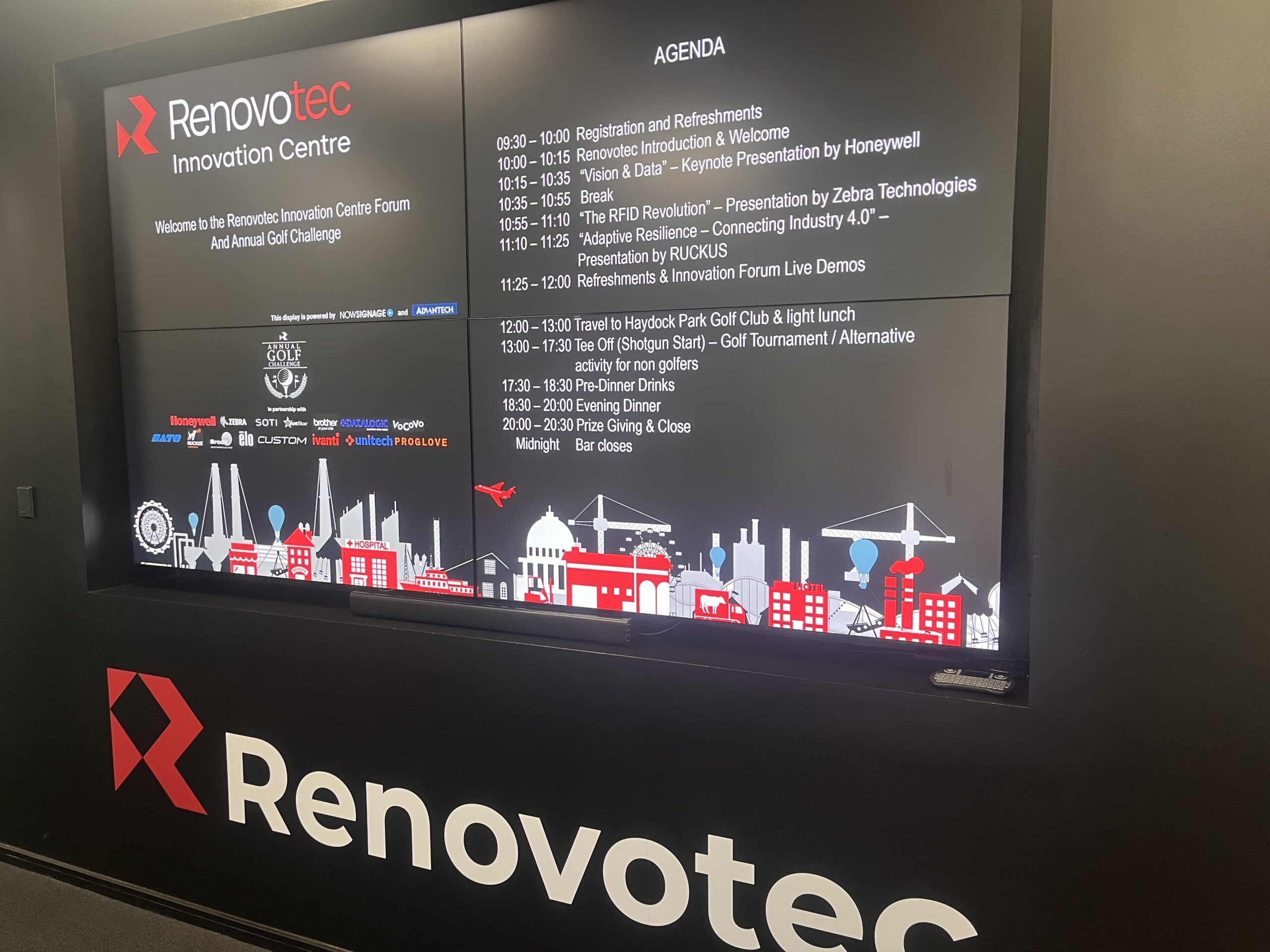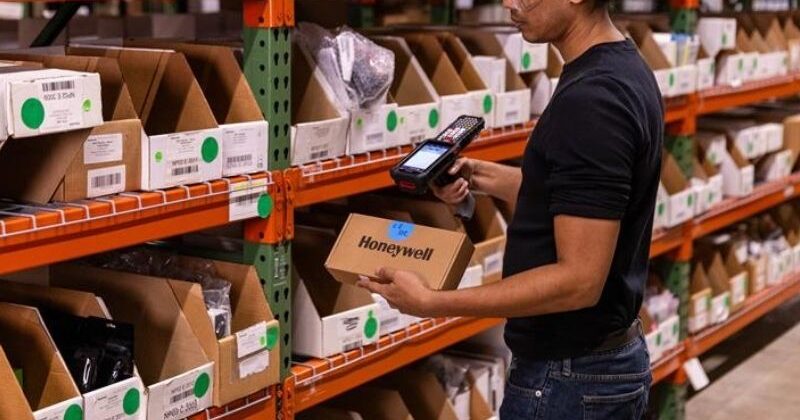

Revolutionising Social Housing: Improve Living Standards Through Wireless & IoT Technologies
In the evolving landscape of social housing, technology has emerged as a cornerstone for transforming living environments into smarter, safer, and more inclusive communities.
Central to this transformation is the deployment of effective wireless networking technology solutions. Particularly in Multi-Dwelling Units (MDUs), where the integration of advanced wireless networks and Internet of Things (IoT) devices continues to redefine the standard for modern living.
This article delves into how the latest innovations in connectivity and smart devices are not only elevating the quality of social housing. But also paving the way for a future where digital inclusion and environmental sustainability are within reach for all.
Ongoing pressures on social housing providers
For social housing providers, maintaining high standards across a large portfolio of complex dwellings is a constant balancing act. Whether a property has been erected for decades or comes from a brand new development, many of the same issues can cause these standards to drop and create potentially harmful environments for already vulnerable tenants.
Many of these challenges are environmental in nature. Such as actively measuring temperatures for elderly residents. As well as tracking CO2 levels and indoor air quality in high-risk areas of the country. The tracking of allergens and the potential development of moulds and dangerous spores is also another key area of responsibility. As is protecting the overall wellbeing of residents, and addressing areas of disrepair within a property.
Recent changes to UK legislation for the UK housing sector are also placing further pressure on social housing providers. These include:
- Building Safety Act 2022 – This legislation came into effect in April 2023 and requires building owners to manage the safety of their properties. Including having clearly defined policies for regular safety checks and maintenance.
- Awaab’s Law – Introduced in 2023 as part of the Social Housing Regulation Act, this legislation ensures councils and housing associations are legally obligated to investigate and rectify instances of damp or mould within a prompt timeframe.
Addressing the ‘digital divide’ through wireless and IoT
Ensuring the mental wellbeing of a resident is just as important as maintaining the health of a property. The issues surrounding ‘digital poverty’ continue to affect the UK population. This digital gap is also especially prevalent among more vulnerable groups such as elderly citizens and low-income families.
With 53% of the population offline due to their inability to afford an average monthly broadband bill and 2.5 million people behind on their broadband bills in the UK, digital poverty has become an urgent issue that continues to widen the ‘digital divide’ between those with access to existing and new technology and those increasingly left behind.
Wireless and IoT technologies such as access points, sensors and smart meters offer one of the most effective solutions to address many of these issues. It also creates a more informed source of data for social housing providers to monitor and act upon. While also creating digitally enhanced environments that empower residents through personalised data and smart devices.
That flow of data doesn’t just elevate the social housing provider, it actively empowers residents too. For example, a tenant can see how much energy they’re using, or track humidity levels that could lead to a mould or damp outbreak. This clearer line of communication between resident and social housing provider is key to fostering healthier and more sustainable tenancies.
Wireless and IoT: A use case for social housing
A technology solution for the social housing sector, particularly those with MDUs within their housing stock, would leverage cutting-edge APs (access points) distributed throughout a large complex. Thus ensuring every dwelling and its devices have access to a solid internet connection. In this instance, each dwelling would include its own VLAN (virtual local area network), allowing residents to onboard devices and manage their own networks.
This setup is complemented using Dynamic Pre-Shared Keys (DPSK) and a single Service Set Identifier (SSID) across the estate. This facilitates seamless roaming while keeping each resident’s connection securely confined to their private VLAN. A solution such as this offers the ideal means of empowering residents with connectivity while providing councils and housing associations with a dashboard of all their connected properties.
Creating safer and more connected communities
The integration of IoT technologies into the social housing sector continues to grow, with changes to UK law and the success of pilot schemes launched in the wake of COVID 19 helping drive adoption. The desire for social housing providers to gain a more holistic view of their properties has also helped overcome some initial concerns.
Wireless and IoT technology solutions often leverage remote sensor monitoring and smart device integration to create a setup that prioritises the wellbeing of residents while improving energy efficiency and reducing overall operational costs. By utilising the real-time insights from their smart devices, social housing providers can create communities that are safer and more connected, and more operationally more effective through the advent of greater data distribution.
Other key benefits for social housing providers include:
- Temperature monitoring
- Humidity monitoring
- CO2 monitoring
- Mould and damp monitoring
- Smart boiler status
- Leak detection
- Smart meter integration
- Heating and hot water scheduling
- Scheduling for lighting, ventilation, etc
Simplifying the management of social housing properties
For social housing providers, a wireless and IoT technology solution leverages an existing network infrastructure to create a robust, IoT-enhanced access network. It creates a streamlined platform that uses actionable data to create a more cost-effective operation, reducing the number of unnecessary engineer visits and mitigating insurance and liability costs. In summary, this technology enables social housing providers to become more streamlined, reducing costs by avoiding unnecessary callouts.
Streamlining field-force operations
Proactive monitoring and maintenance of equipment reduce repair costs and delays, ensuring timely service and inspections.
Effortless IoT integration
Easy-to-use dashboards for IoT services lower the effort and cost to deliver new technologies to residents.
Reducing costs and liabilities
Enhanced visibility and proactive maintenance lead to lower insurance and liability costs, along with reduced repair times.
Infrastructure for device connectivity
Supports the connection of intelligent devices, from boilers to access systems, enhancing home automation and energy management.
Secure and simple device onboarding
Ensures residents can easily and securely connect their devices, improving digital access and inclusion.
Conclusion: Wireless and IoT technologies as a key enabler for social housing
The integration of effective wireless networking solutions and IoT technologies in the social housing sector represents a significant leap forward in creating inclusive, sustainable and digitally connected communities. By enhancing operational efficiency, reducing costs and improving the quality of life for residents, these technologies lay the foundation for the future of social housing. A future where technology is a key enabler of health, safety and equality.
With the support of the right technology partners, social housing providers can ensure the physical well-being and mental health of their tenants, maintain a live insight into the standards of their social housing stock and remain fully compliant with new laws and legislation.
Contact our experts today to learn more about our wireless and IoT technology solutions for social housing, in partnership with wireless networking specialist RUCKUS.
Related Blog Posts

3rd Annual Innovation Forum and Golf Day
Last week saw the highlight of the Renovotec calendar; our 3rd Annual Innovation Forum and Golf Day.
Hosted at Renovotec’s first of its kind Innovation Centre in Newton-Le-Willows, the morning event brought together the Renovotec team, partners and clients to showcase the latest RFID and logistics tech, hear about the latest trends from Industry experts and experience […]
Retail Experts Share Top E-Commerce and Logistics Trends for 2025
Faki Saadi, Director of Sales UKI at SOTI and Richard Gilliard, Managing Director at Renovotec, explore the key trends shaping the future of the retail supply chain From Asda rolling out electronic shelf labels to Amazon launching ‘Prime Air’ a delivery drone service, retail brands are evolving and looking to the latest technologies to keep […]

Upgrading the supply chain with Honeywell voice and mobility solutions
How can you transform your supply chain operations and ensure competitiveness in the market with voice and mobility solutions from Renovotec and Honeywell?
Improving productivity and efficiency gains are vital for the profitability of businesses in the supply chain.
